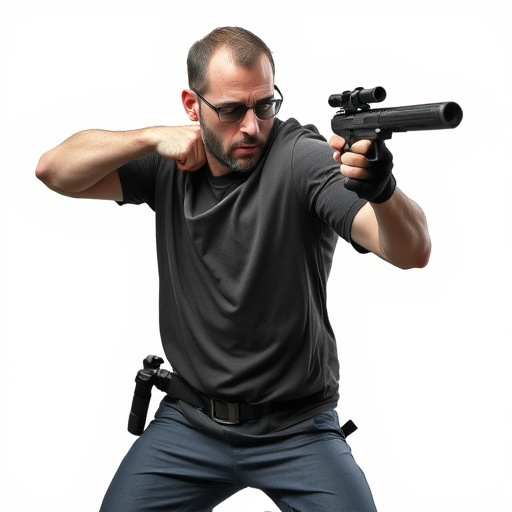Mini stun gun keychains offer a compact and easily concealable self-defense option for everyday carry. With simple activation mechanisms, durable construction, and tactical switches, these devices provide peace of mind without drawing attention. Though shorter ranged than Tasers, legalities are often less restrictive, but users must stay informed about local regulations.
“Uncover the distinct worlds of Tasers and stun guns, two powerful tools with unique capabilities in self-defense. This article navigates their key differences, offering insights into how Tasers disrupt muscular control, while stun guns overload sensory perception. We explore design, safety features, and the rise of compact options like the mini stun gun keychain for everyday carry. By comparing power, range, and legal considerations, we equip you with knowledge to make informed decisions.”
- Understanding Tasers: How They Work and Their Applications
- Stun Guns: A Comprehensive Look at Design and Safety Features
- Mini Stun Gun Keychain: Unlocking Everyday Carry Potential
- Comparing Power, Range, and Legal Considerations for Self-Defense
Understanding Tasers: How They Work and Their Applications
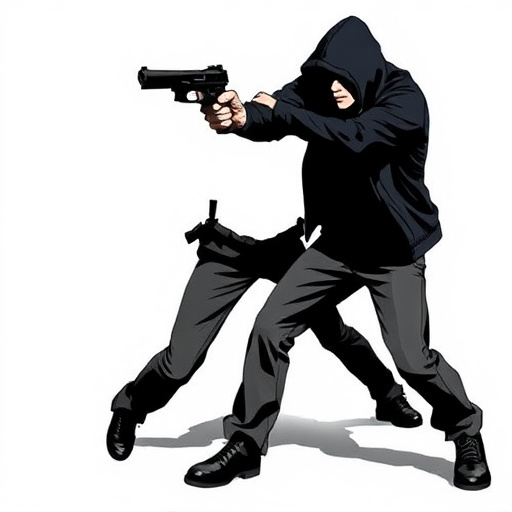
Tasers, officially known as Electronic Control Devices (ECDs), are non-lethal weapons that use electrical current to disrupt muscle control in a targeted individual. They fire two small probes connected to wires, delivering a powerful electric shock that temporarily incapacitates the subject. This technology has been widely adopted by law enforcement agencies for its effectiveness in de-escalating potentially dangerous situations without resorting to deadly force.
Beyond their law enforcement applications, mini stun guns in the form of keychain devices have emerged as popular choices for everyday carry. These compact self-defense tools offer a convenient way for individuals to protect themselves in various settings. A stun gun keychain provides an extra layer of security, allowing users to defend themselves against potential threats with a simple tap or flick of their fingers. Their small size makes them easily concealable, making them a practical option for personal safety while on-the-go.
Stun Guns: A Comprehensive Look at Design and Safety Features
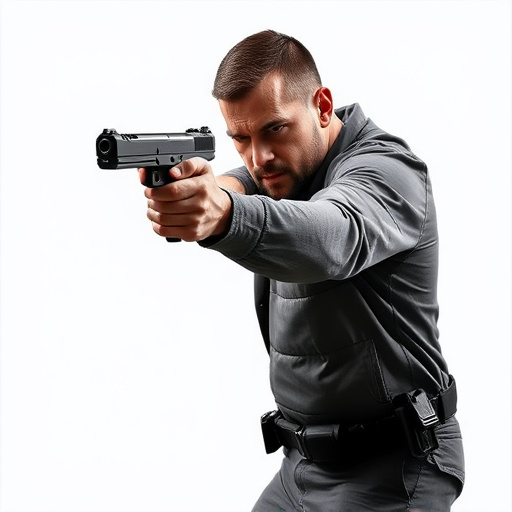
Stun guns, a popular choice for personal defense, come in various forms, but their core purpose remains consistent—to incapacitate an attacker temporarily. When it comes to design and safety features, stun guns offer several advantages. Typically, they are compact and lightweight, making them ideal for everyday carry. Models like the mini stun gun keychain are discreet and easily accessible, allowing users to feel secure without drawing unnecessary attention. These devices often feature simple activation mechanisms, such as a trigger or a touch-activated switch, ensuring ease of use in stressful situations.
Moreover, modern stun guns incorporate safety features to prevent accidental discharge. Some models include tactical switches that require intentional and deliberate operation, reducing the risk of unintended use. Additionally, many stun guns are designed with durable materials and robust construction, making them resistant to harsh environments. This durability guarantees their reliability when needed most, providing users with peace of mind and an extra layer of protection.
Mini Stun Gun Keychain: Unlocking Everyday Carry Potential
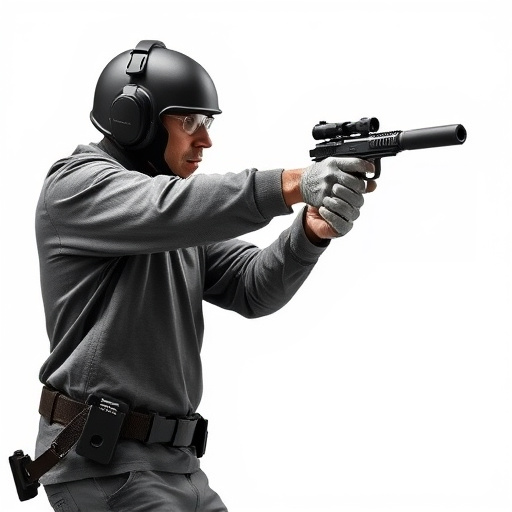
The concept of carrying self-defense tools has evolved, and one innovative solution is the mini stun gun keychain. This compact device offers a unique blend of portability and power, appealing to those seeking an everyday carry option. The keychain design makes it easily accessible yet discreet, allowing users to feel secure without drawing unnecessary attention.
Perfect for individuals who want to be prepared in various situations, these mini stun guns are designed to provide a strong electric shock, deterring potential threats. Their compact size and keyring attachment make them convenient for everyday use, ensuring that self-defense is always within reach. With advanced technology, these devices offer an efficient and effective solution for personal safety without compromising on ease of carry.
Comparing Power, Range, and Legal Considerations for Self-Defense
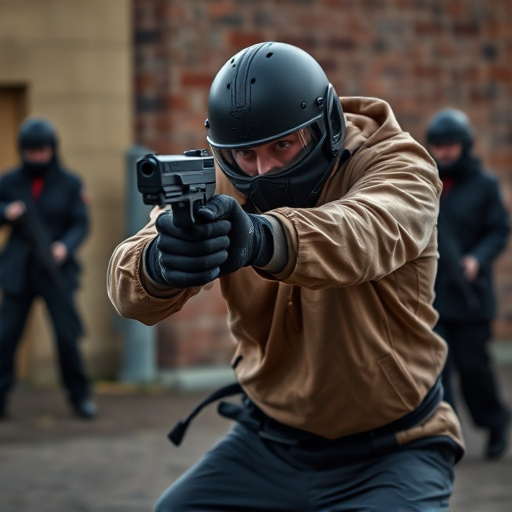
When comparing a Taser and a stun gun, understanding their power, range, and legal considerations are crucial for self-defense. One key difference lies in their energy source and delivery system. A Taser uses electrical current to disrupt muscle control, while a stun gun delivers a powerful electric shock through metal prongs or contacts. In terms of power, stun guns generally have a higher voltage output, making them more effective at stopping an assailant from moving.
In terms of range, mini stun guns designed for everyday carry offer a tactical advantage with their compact size and proximity to the user. However, Tasers typically have a longer reach, with some models capable of firing up to 20 feet. Legally, the use of both devices varies by jurisdiction. Stun guns are often considered less restrictive, while Tasers may be subject to more stringent regulations due to their higher power output. Carrying a mini stun gun keychain for everyday carry is a strategic choice for personal safety, but users must stay informed about local laws and use these tools responsibly.
In comparing tasers and stun guns, each offers unique advantages tailored to specific needs. Tasers excel in law enforcement scenarios due to their incapacitating effects at longer ranges. Stun guns, with their direct contact requirement, provide a swift response in self-defense situations. The mini stun gun keychain stands out as an innovative solution for everyday carry, offering portability and accessibility without compromising power. When considering self-defense options, understanding the differences between these devices is crucial, ensuring individuals can make informed choices that align with their personal safety requirements and local legal considerations.
